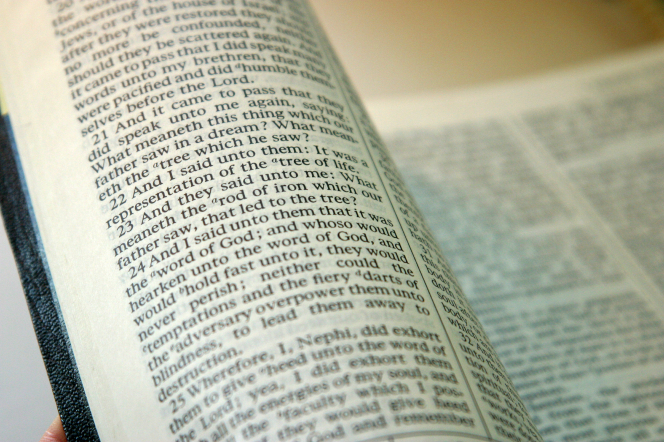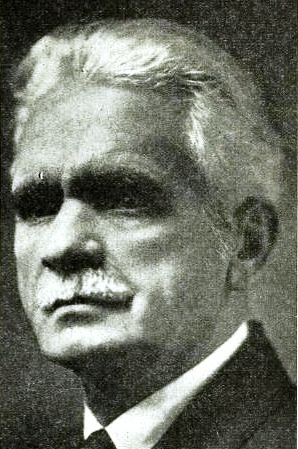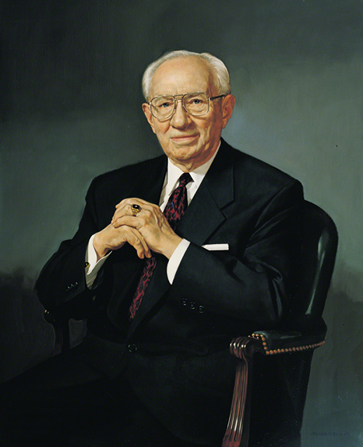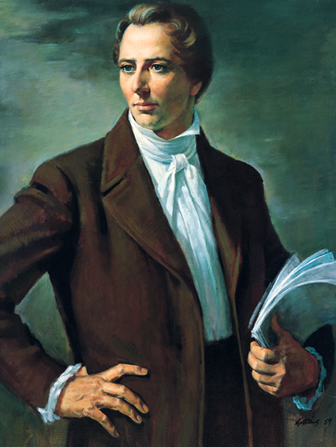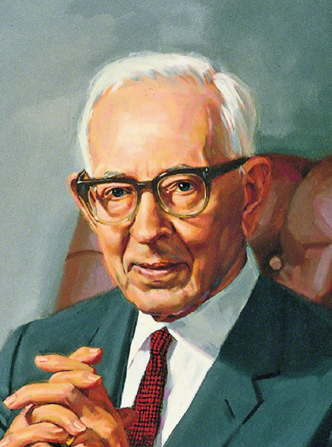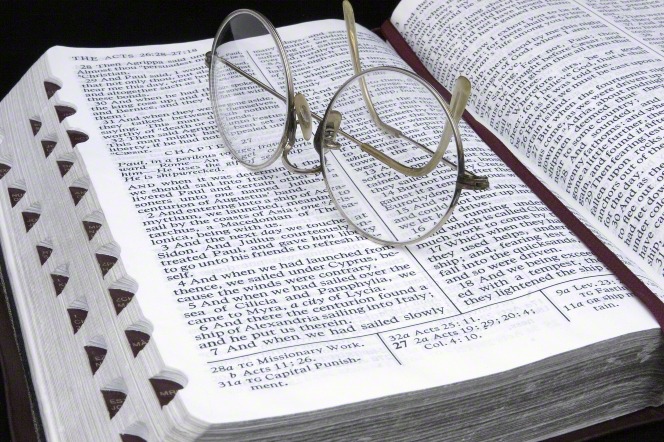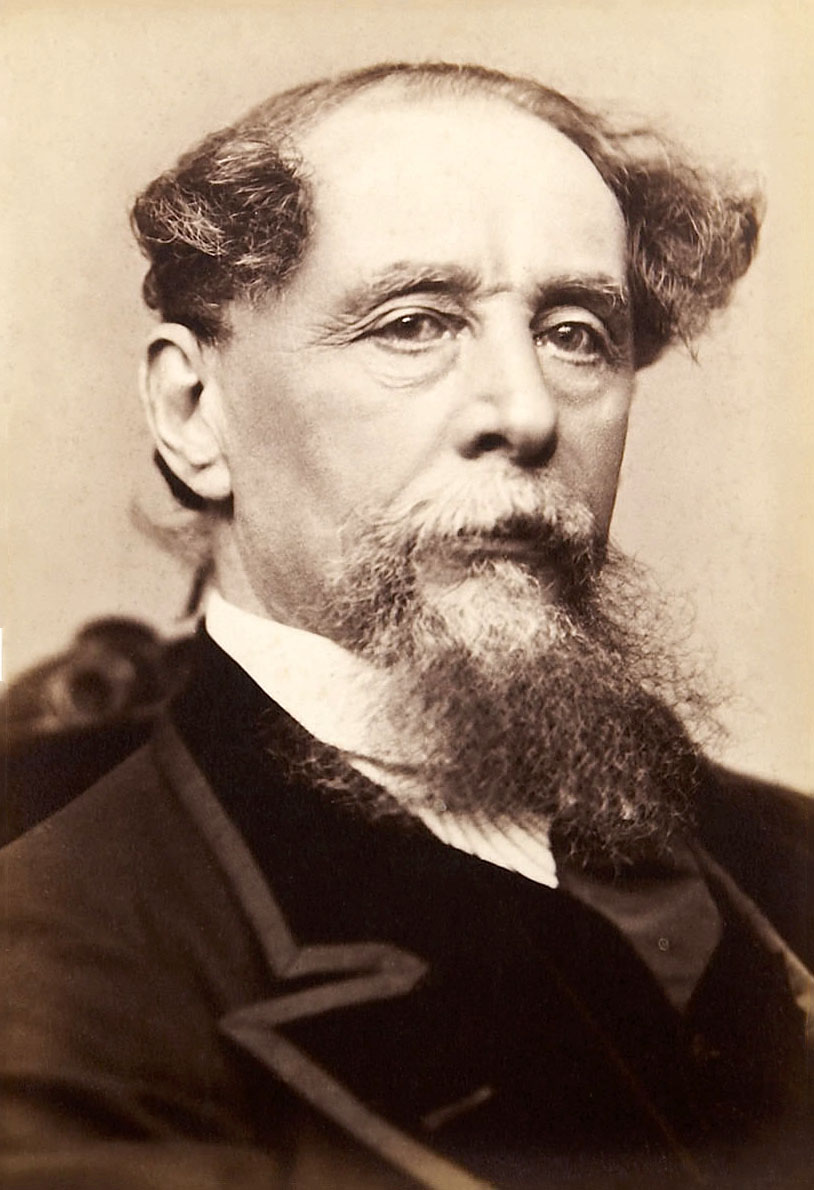Editor's note: This is number 19 in a series of posts by Dennis Horne, sharing quotes from his book, Determining Doctrine: A Reference Guide for Evaluating Doctrinal Truth. You can read the introductory post here. The first part of each post is a new introduction, placing the quotes in context with contemporary issues. The quotes that then follow are from the Determining Doctrine book, which contains many quotes that are not readily available elsewhere or are exclusive to the book.
Below are some comments and
observations from Church leaders regarding the
Journal of Discourses, an early (second
half of the 19
th century) 26 volume compilation of sermons and
addresses by Church leaders and prominent elders. These discourses were taken
down in shorthand by clerks and were given in a wide variety of places, times,
and circumstances. Most were published in the
Deseret News soon after they were delivered, and were later
compiled into the
Journal, with many editorial
changes made during the publication effort. Much of the work was done by an
early British convert to the church named George D. Watt, although other
stenographer-clerks took over for him in later years.
While of substantial worth in
providing the modern Church with an understanding of the opinions and views of
the early brethren, especially President Brigham Young and some of his
successors, they are not considered doctrinally authoritative, official or
binding. Their collective contents have never been approved by the leading
councils of the Church nor sustained by church members assembled as being
binding on them, as have the scriptures. To the extent that the contents of
these 26 volumes are in accord with the doctrine taught in the standard works
of the church they can be profitable, but to any extent that their content might
disagree with the scriptures they are not.
I have seen fundamentalist-cultists
try to use this (1861) statement by George Q. Cannon to confuse readers about
the status of the JD: “The Journal of Discourses deservedly ranks
as one of the standard works of the Church, and every right minded Saint will
certainly welcome with joy every Number as it comes forth from the press as an
additional reflector of ‘the light that shines from Zion’s hill.’ . . . The
Publisher” (George Q. Cannon, editor and publisher), preface). Two issues must
be observed: one, at the time these volumes were being printed the term
“standard works” referred to several other well-known books of Mormon theology
and history besides the scriptures. It wasn’t until around 1900 that, through
the influence of James E. Talmage and President Joseph F. Smith, the term came
to signify only our present four books of scripture. Secondly, even if he had
(which he did not) meant that the volumes should be accepted as scripture,
Brother Cannon did not have the authority to so designate them.
There are a couple of perspectives
that may help to provide a more thoughtful approach to the content of the Journal. One relates to its accuracy,
and another to how it has been used by more recent Church leaders; both need
review.
